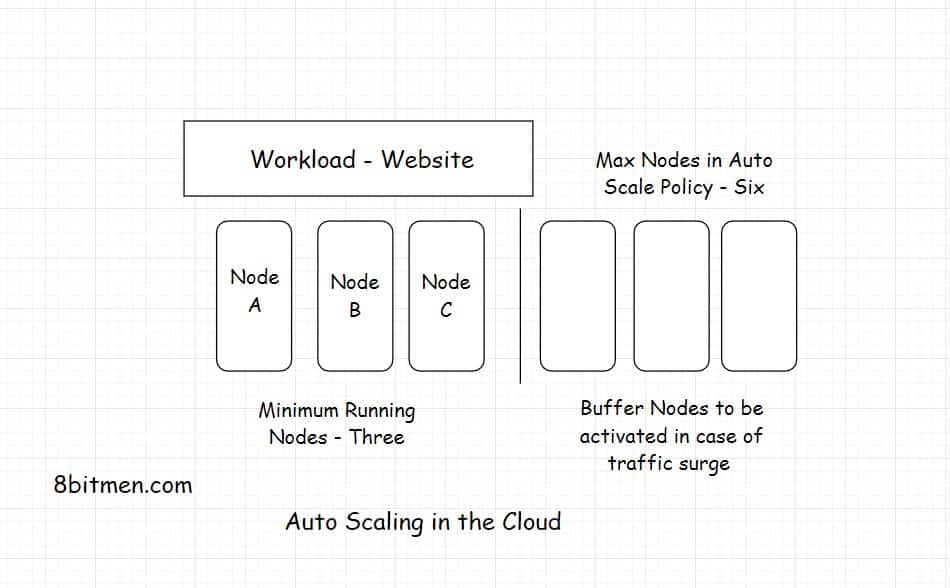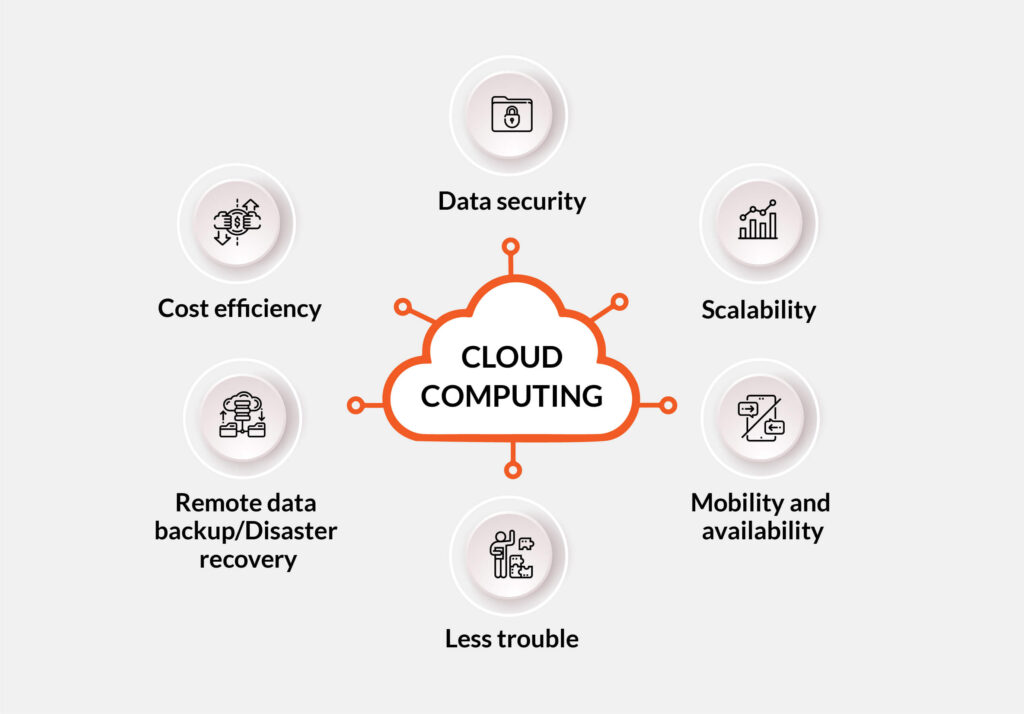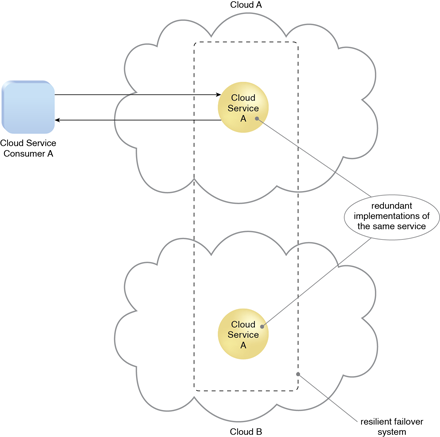As technology continues to advance, businesses are increasingly turning to cloud computing to store and manage their data. While this method of computing offers a range of benefits, it can also come with its own unique set of challenges. One of the most significant of these is the issue of workload management.
In simple terms, workload in cloud computing refers to the amount of processing power and resources that are required to complete a particular task or set of tasks. However, it is much more complex than that. Workload management involves a range of factors, including optimizing resource allocation, balancing workloads across different servers, and ensuring that critical workloads receive priority treatment. In this article, we will explore the concept of workload management in cloud computing in more detail, providing insights into the challenges and solutions that businesses may face when it comes to managing their workloads effectively in the cloud.
Workload in cloud computing is defined as the total amount of processing that a cloud environment has to perform in order to meet the demands of its users. It includes the amount of data that needs to be processed, the number of requests, and the amount of time that is required to process all of the requests. Workloads can differ depending on the type of cloud environment, such as public, private, or hybrid clouds. Different cloud providers can also offer different levels of workload depending on the services that are being provided. Additionally, workloads can vary depending on the type of application and the amount of traffic that is coming into the cloud environment.

What is Workload in Cloud Computing?
Cloud computing provides a computing environment that is usually shared among multiple users at the same time. Workload is an important part of cloud computing that refers to the amount of work that is being handled by the cloud environment. Workload can range from simple to complex tasks and can be used to monitor the performance and resource utilization of the cloud system.
Types of Workload in Cloud Computing
There are various types of workloads that can be used in cloud computing. These workloads can be categorized into two main types:
1. Compute Workloads
Compute workloads are the tasks that are performed by the cloud environment. These tasks can include data processing, web hosting, application hosting, and other related types of activities. Compute workloads are usually resource intensive and require more resources than other types of workloads.
2. Storage Workloads
Storage workloads are the tasks that are used to store data within the cloud environment. These tasks can include database storage, file storage, and other related activities. Storage workloads usually require less resources than compute workloads and are often used to save costs.
Benefits of Workloads in Cloud Computing
Workloads provide several benefits to cloud computing users. These benefits include increased scalability, improved performance, and cost savings.
1. Scalability
Workloads allow cloud computing users to scale their resources up or down depending on their needs. This allows for more efficient resource utilization and cost savings.
2. Performance
Workloads also provide improved performance as they can be used to process complex tasks quickly and efficiently. This helps to improve the overall performance of the cloud system and can make cloud computing more cost-effective.
3. Cost Savings
Using workloads can also help to reduce costs as they can be used to reduce the amount of resources that are needed to complete tasks. This can help cloud computing users to save on costs and make their cloud environment more efficient.
Frequently Asked Questions about Cloud Computing Workload
Cloud computing workload is the amount of computing work that a cloud computing service is set up to handle. It can range from large numbers of requests over a short period of time, to a few requests over a longer period. The amount of cloud computing workload depends on the type of cloud computing service and the applications it is running.
What is cloud computing workload?
Cloud computing workload is the total amount of computing work that a cloud computing service can process. This includes the number of requests it can receive, the amount of data it can store, and the amount of computing power it can provide. For example, a cloud computing service may be set up to handle large numbers of requests over a short period of time, or a few requests over a longer period of time. The amount of cloud computing workload depends on the type of cloud computing service and the applications it is running.
What types of workloads can be run on cloud computing?
Cloud computing can be used to run a variety of workloads, from basic web hosting to complex applications. Common types of workloads that can be run on cloud computing include web applications, media streaming, analytics, gaming, and machine learning. Cloud computing can also be used to run high-performance computing (HPC) workloads, such as simulations and data analysis.
How is cloud computing workload managed?
Cloud computing workloads are managed by the cloud provider. The provider is responsible for managing the resources, such as computing power, storage, and networking, to ensure that the workloads are running smoothly. Cloud providers also manage the security of the cloud environment, such as setting up firewalls and monitoring for malicious activity.
What are the benefits of cloud computing workloads?
Cloud computing workloads offer many benefits, such as cost savings, scalability, and flexibility. Cloud computing allows businesses to scale their computing resources up or down depending on their needs, which can help reduce costs. Additionally, cloud computing allows businesses to quickly deploy new applications and services, as resources can be provisioned in minutes.
What are the challenges of cloud computing workloads?
Although cloud computing can offer many benefits, there are also some challenges associated with running workloads in the cloud. One challenge is managing the security of the cloud environment, as cloud computing increases the attack surface for malicious actors. Additionally, cloud computing workloads can be difficult to manage, as there are multiple services and applications that need to be monitored and managed. Finally, cloud computing workloads can be expensive, as businesses need to pay for the resources they consume.

In conclusion, workload in cloud computing refers to the amount of computing resources and processing power required by a particular application or service. As more and more businesses move their operations to the cloud, understanding workload becomes critical for optimizing performance and keeping costs in check. Cloud computing providers offer a range of tools and services to help businesses manage their workloads, including auto-scaling, load balancing, and performance monitoring.
As a professional writer, it is crucial to understand the technical terminology and concepts related to cloud computing. By doing so, we can communicate effectively with readers and help them navigate the complex world of cloud computing. Whether you are an IT professional, business owner, or simply someone interested in technology, understanding workload in cloud computing is an important step towards realizing the full potential of the cloud. With the right tools and strategies, businesses can achieve greater agility, scalability, and cost-effectiveness, making cloud computing a game-changer in the world of technology.



